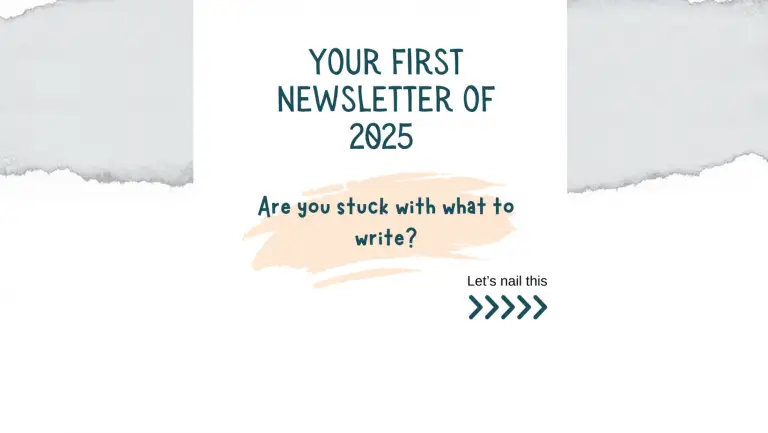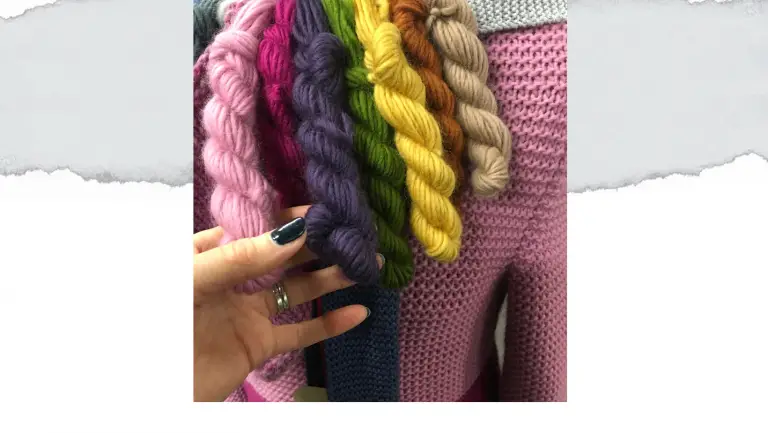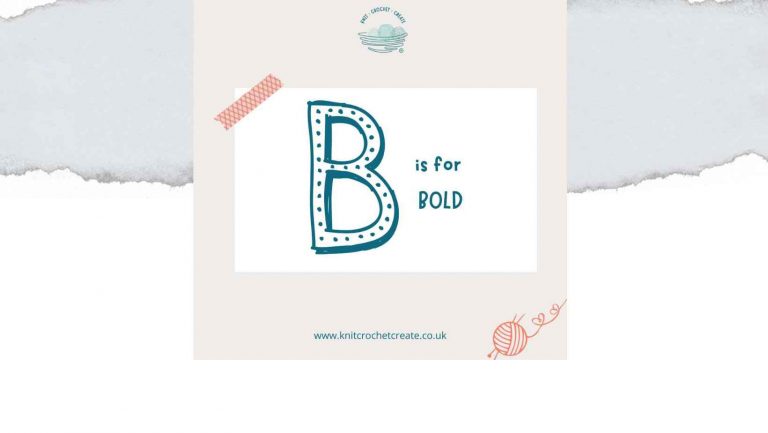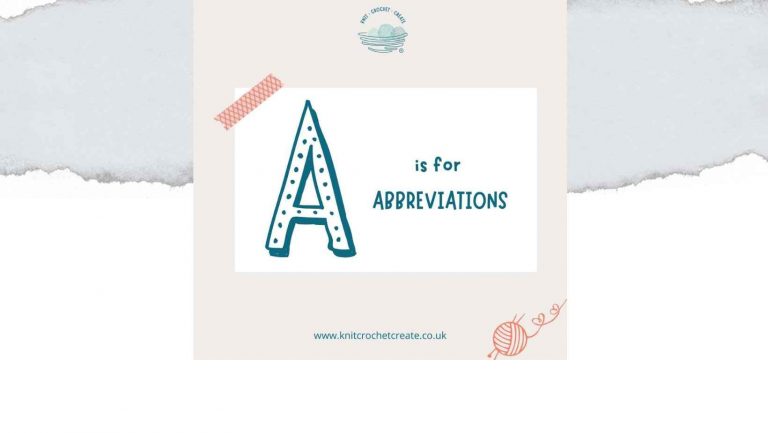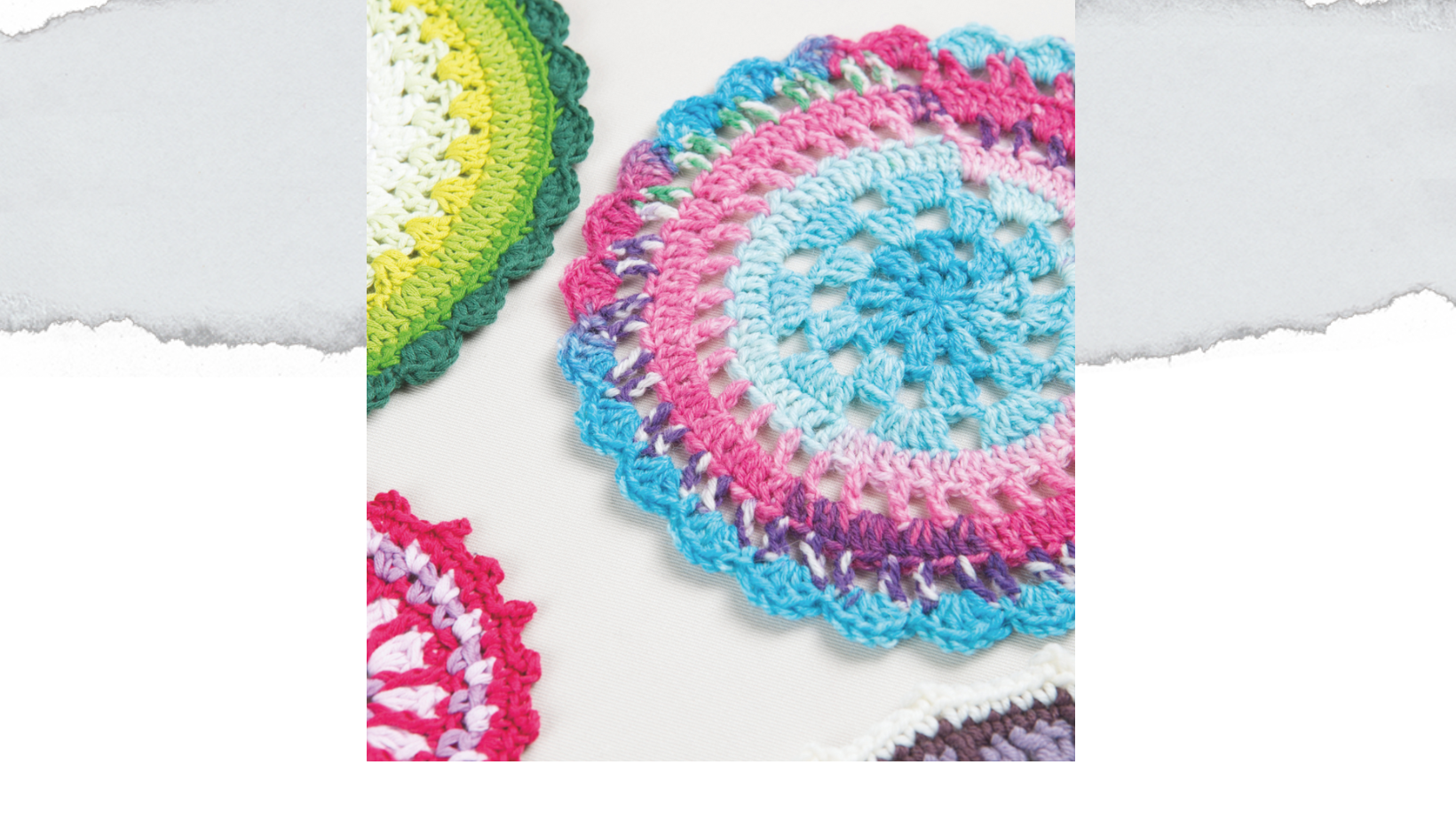Knitting and Crochet Pattern Writing - C is for Construction
Welcome to my A to Z of pattern writing tips! Whether you're a knitting or crochet designer or a tech editor, these tips will help you improve your pattern writing skills, refine your tech editing process, and grow a strong foundation for your creative business.
Pattern Writing tips for Knitting & Crochet Designers:
Well-written patterns enhance your reputation, reduce customer queries, and also make your patterns more enjoyable to follow. These tips will help you elevate the quality of your instructions, and improve the overall experience for your customers.
Pattern Writing tips for Knitting & Crochet Tech Editors:
Tech editing goes beyond checking maths - it ensures clarity, consistency, and accuracy in a pattern. By refining your tech editing process, you’ll help designers create polished patterns that are easier for crafters to follow.

Why good Knitting & Crochet Pattern Writing matters
A well-structured pattern makes tech editing more efficient and ensures a smoother experience for both the editor and the end user. If your pattern is unclear, incomplete, or poorly formatted, your tech editor will first need to spend extra time figuring out what you intended, before they can check calculations, layout, or apply house style.
By creating this additional work for your tech editor, you can:
- Increase the cost of tech editing.
- Delay the release of your pattern.
- Lead to miscommunication between you and your tech editor.
By submitting a well-organised and clearly written pattern, you allow your tech editor to focus on refining details rather than rewriting your instructions.
This results in a polished, professional pattern that is easier for customers to follow, and reduces potential queries or pattern corrections later on.
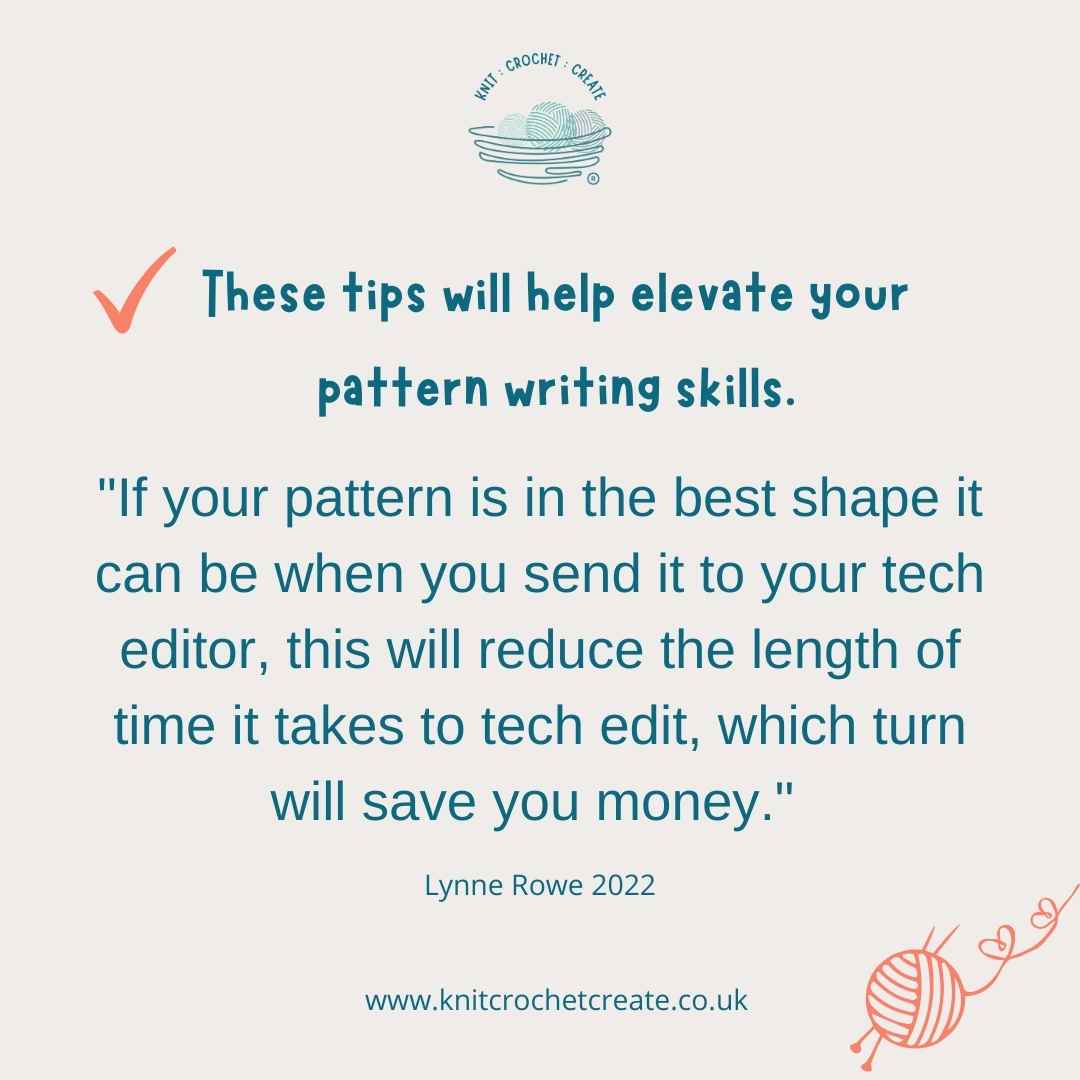
Let's continue with the letter C – Construction
Why explaining Construction matters in your knitting and crochet pattern writing
One of the biggest reasons someone might skip over a knitting or crochet pattern is simple: they can't picture how it’s made. And, if they don’t know where the project begins, how it progresses, or how parts are joined, then they’re less likely to commit to buying or making it.
You can easily solved this with a short, clearly-written construction section, because it builds trust with your customers, improves usability, and turns a good pattern into a great one.
What to include in a Construction Section:
First Tip: Add a brief paragraph early in the pattern.
You don't need to write a lengthy explanation. But you can help the maker to easily visualise the process, by adding a concise and easy-to-read explanation in your pattern intro.
Second Tip: Describe the direction and structure.
Include information such as:
Where the project begins.
The direction of work.
Whether pieces are worked flat or in the round.
How (and when) pieces are joined.
- Examples:
"These socks are worked from the cuff down to the toe."
"This shawl is worked sideways from tip to tip."
- "Each toy piece is crocheted separately in the round using the amigurumi method, then sewn together at the end."
Third Tip: Specify joining methods.
If a particular joining or sewing technique is important—such as mattress stitch, whip stitch, or crocheting pieces together—mention it. Let your readers know if they might want to practise the technique beforehand.
Fourth Tip: Repeat construction notes at the start of each section.
Many people skip over the introduction. Add a brief note at the start of each section or piece so that readers see it when they begin that part of the project.
Fifth Tip: Use illustrations if possible.
Simple diagrams can make a big difference. A layout showing the flat pieces and arrows indicating joins or direction of work is very effective.
- You can hand-draw your diagrams - there's no need for expensive software.
Hand-drawn diagrams can even add personality and warmth to your pattern.
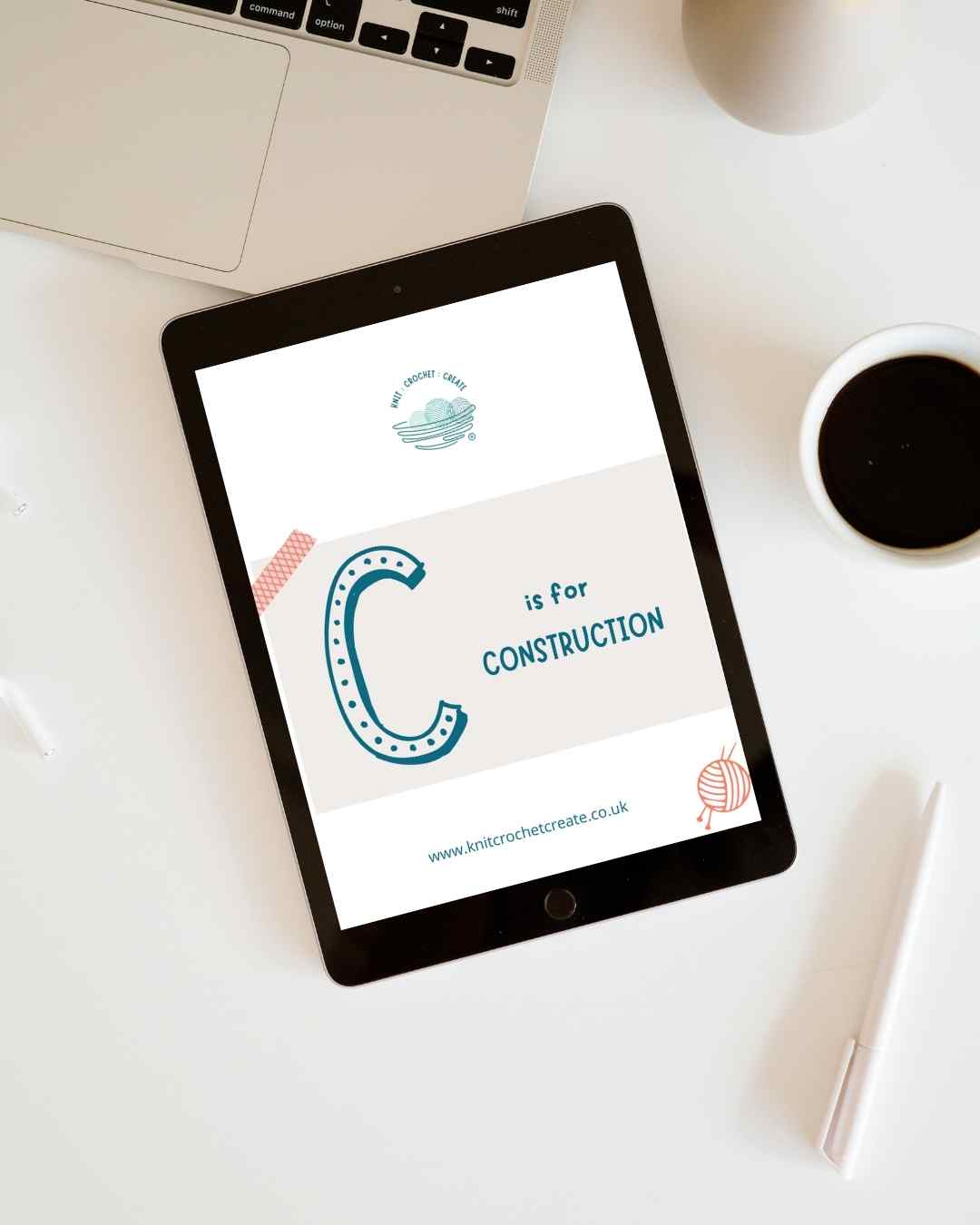
For Tech Editors
If you're a tech editor, consider whether the patterns you're editing could benefit from a construction section. If it’s missing, include a gentle suggestion to your client in your feedback. Clear construction notes can reduce confusion, cut down on support emails, and create a better experience for customers.
Final Thought
Clear construction notes don’t just help your customers - they build trust and confidence in your brand. That means happier makers, fewer questions, and more return buyers.
Do you include construction notes in your pattern writing? Let me know in the comments!
For more top pattern writing tips for knitting and crochet, see my posts here: Pattern Writing Tips
And here is a general post on The Craft Yarn Council website about pattern writing: How to write your own pattern
I have a great post about selling knitting and crochet patterns online for passive income: click here

Let's keep in touch!
I'd love to chat more.
Sign up for my newsletter and receive a weekly dose of crafting inspiration, featuring the latest trends, tips, and projects to fuel your creativity.


